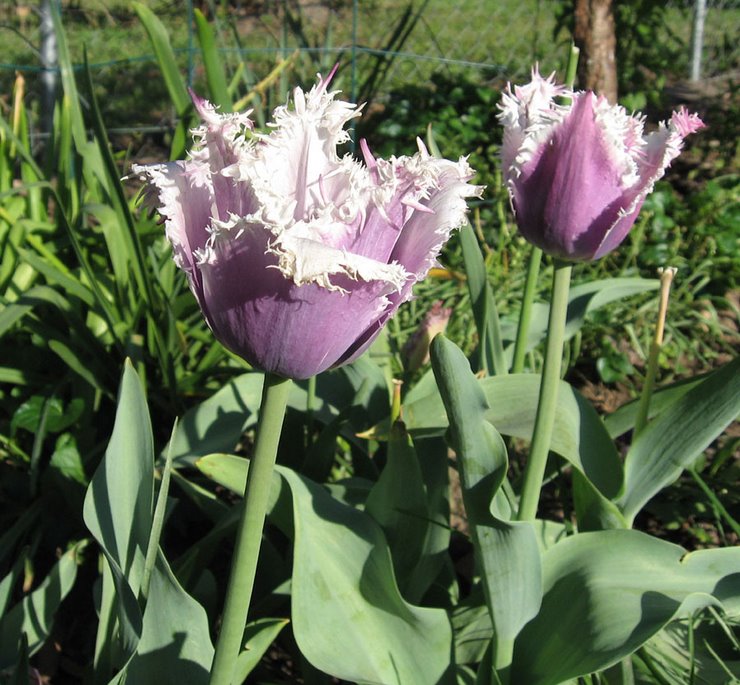 |
| Liriope in bloom |
Perennial, zones 5-9
Full sun-partial shade, 10-15" tall
My liriope has just started to bloom. The flowers look a bit like those of grape hyacinths. Later they will become clusters of dark blue-black berries. Liriope, commonly called lilyturf, is a great tough, low-maintenance plant that does well here in semi-shade, though it tolerates quite a range of light and soil conditions.
I'm careful to get the liriope muscari, and not liriope spicata, also known as creeping liriope. The creeping version can be very invasive.
I have planted liriope as a border along the drive, and as a ground cover under and around the mock orange bushes beside my house. In the shady areas, I mixed in a few clumps of variegated liriope among the plain green ones, to brighten things up a bit; plus some ferns, hostas and heuchera (coral bells), to have some variety in texture. The liriope clumps expand slowly, and have not been aggressive in spreading. They require very little care; just trimming back old foliage in late winter, before the new growth starts.
- - - - - - - - - - - - - - - - - - - - - - - - - - - - - - - - - - - - - - - - - - - - - - - - - - - - - - - - - - - - - -
At the top of posts about plants, you will notice the "allergy index scale" rating for each plant I discuss. The Ogren Plant Allergy Scale rates the allergy potential of a plant, but of course does not indicate whether you or anyone else actually is allergic to it. In this scale, 1 is the best rating, with the least potential to cause allergic reactions; and 10 is the worst rating, with the most potential to cause allergic reactions. Liriope is rated 3, so it makes a fairly low-allergy choice to plant in my garden.

1 comment:
We have two types of liriope in our small front garden. One is staying put, the other is beginning to spread. I may need to redirect the spreading type.
Post a Comment